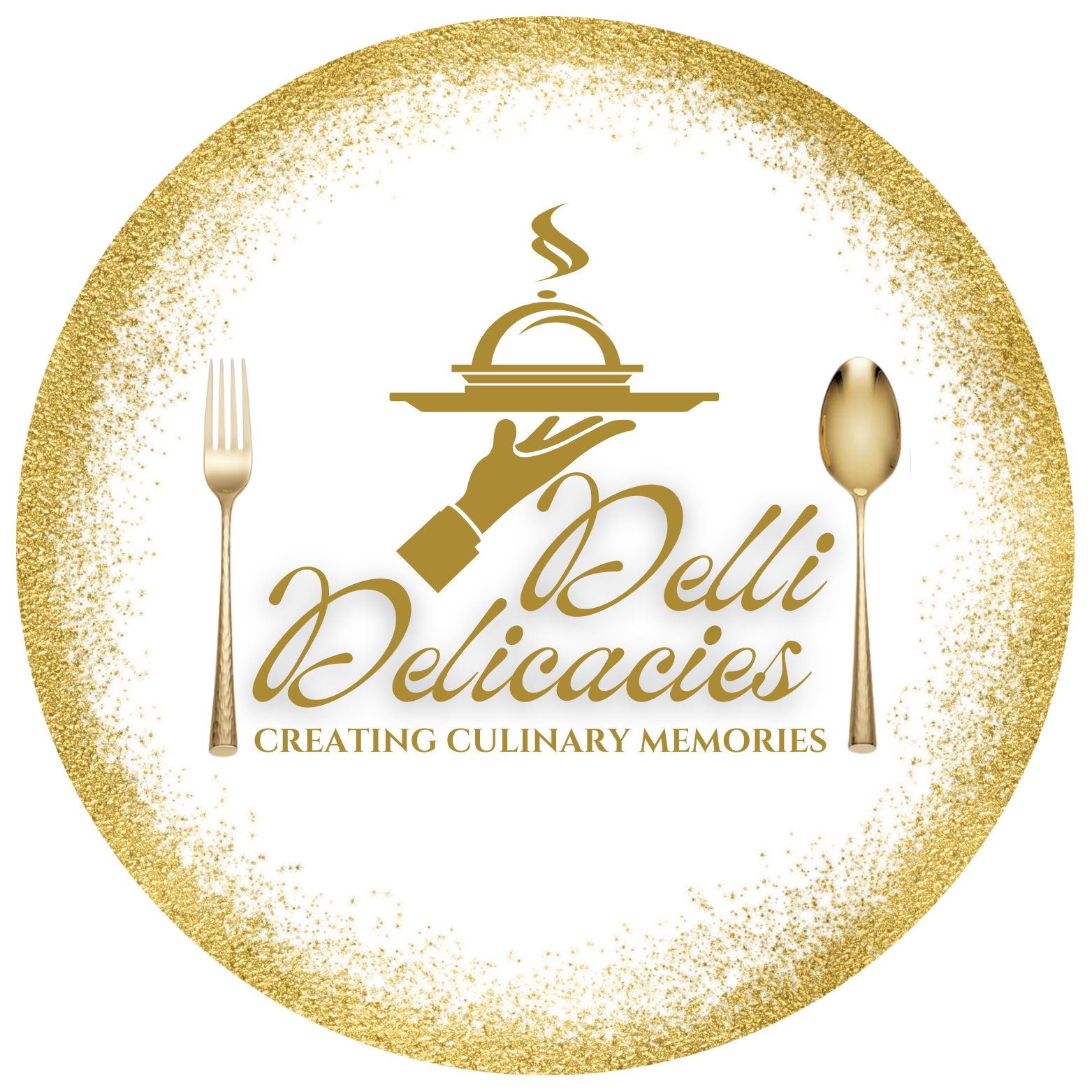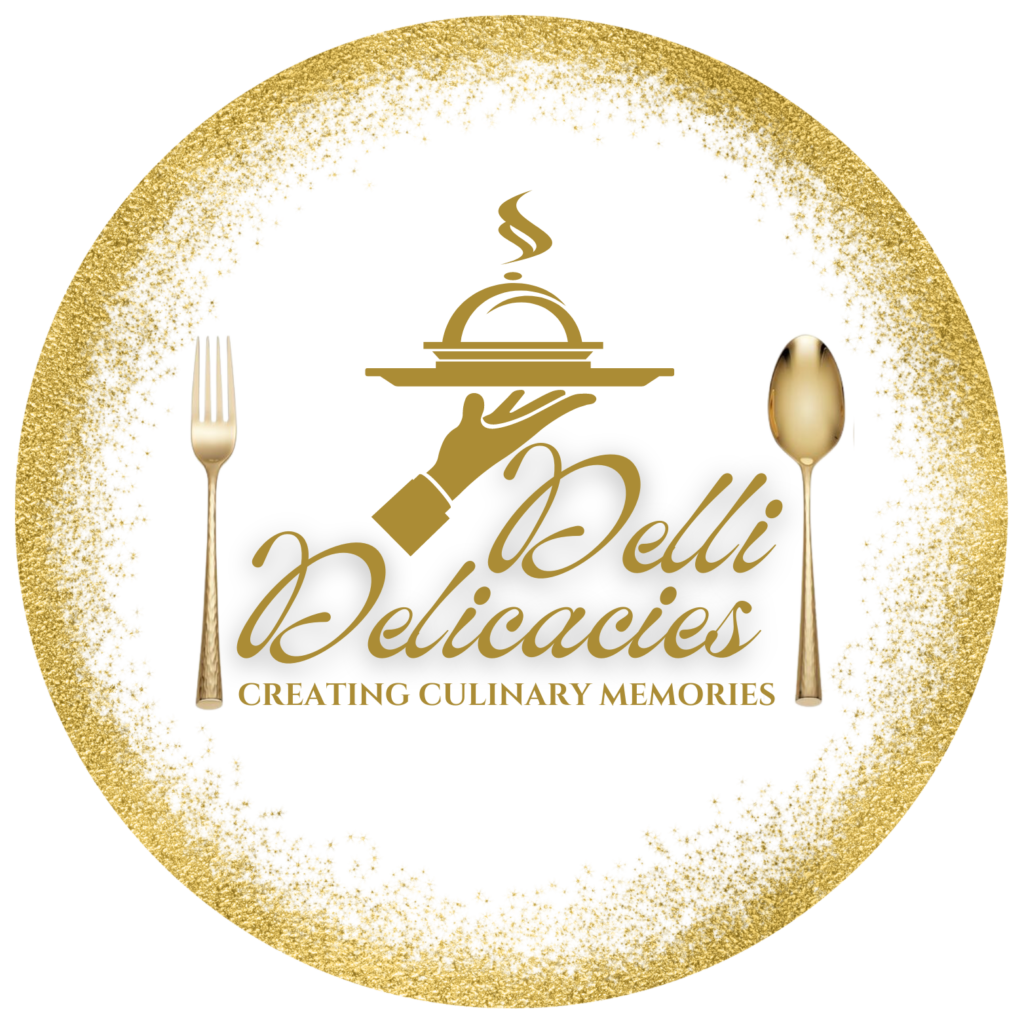
What Makes Catering Services in Delhi NCR Stand Out in 2025? The Luxury Revolution Spreading Across India
The food scene in India is in the middle of an unprecedented revolution, with Delhi NCR being the frontrunner in terms of being the epicenter of creativity. High-end catering, which was a preserve of the metropolitan cities, has now taken wings to capitalize on the increasing aspiration of tier 2 and tier 3 cities. This is not merely a sign of business growth but a cultural revolution that is transforming the ways in which Indians celebrate, entertain and enjoy luxury dining, and Delhi NCR is providing the benchmark of excellence.
What Sets Delhi NCR Catering Apart in 2025?
Delhi NCR has remained the leader in the luxury catering sector of India and the trends set by it ultimately spread to the whole nation. Catering services in the region have become more advanced, technological and client-oriented than ever.
These are the things that make Delhi NCR catering services really shine in 2025:
Innovation at the Forefront
Delhi NCR caterers are also establishing trendy methods of luxury dining, such as molecular gastronomy and sustainable sourcing habits. It is close to international airports and the mixing pot of peoples and cultures has made the region a melting pot of culinary delights, which other cities are trying to emulate.
Technology Integration
The top Delhi NCR catering businesses have gone digital, providing virtual menu tasting, menu customization using AI, and live event management with advanced apps and platforms.
Size and Complexity
The mere magnitude of events in the Delhi NCR region, which ranges from large corporate events to extravagant destination weddings, has challenged the local caterers in the industry to create a capacity that is yet to be matched by other parts of India.
Beyond Food: Making Memorable Experiences
Days have vanished when catering merely involved having nice food delivered at your doorsteps. The modern luxury catering business has turned into an art, which experiments with culinary and theatre. The art of turning a regular event into a special one has been perfected by the leading firms, such as Nikk Gourmet, Foodlink Catering and The Kitchen Art Co.
Food has ceased to be a component of an occasion as it has turned into an experience by itself, elaborates Sanjay Vazirani, CEO, Foodlink F&B Holdings India Pvt. Ltd. This philosophy has now become the foundation of present-day luxury catering, where every aspect of it is carefully designed and executed to leave unforgettable impressions, including the way the ingredients are sourced, prepared and presented.
The secrets are in the details: custom-made menus that read as a story, live cooking stations where guests can interact with the chef and thematic preparations that take the diners to another place. Be it a blend of the traditional Indian taste and global cuisines or locally sourced sustainable ingredients cooked using international methods, these caterers are designing new rules of high-end dining.
Delhi NCR’s Influence on National Catering Standards
The innovations pioneered in Delhi NCR are now being adopted across India’s emerging markets. The capital region’s catering companies have become the training ground for industry professionals who eventually spread these elevated standards to tier 2 and tier 3 cities.
Knowledge Transfer and Expansion
Many successful Delhi NCR catering companies are now expanding their operations to smaller cities, bringing with them the refined techniques and service standards that made them successful in the competitive capital market.
Setting Quality Benchmarks
The high standards established by Delhi NCR caterers have become the gold standard that clients in other cities now expect, driving overall industry elevation across the country.
The Tier 2 and Tier 3 City Boom: Following Delhi NCR’s Lead
Perhaps the most exciting development in India’s luxury catering scene is its expansion beyond metros. Cities like Jaipur, Chandigarh, Indore, and Coimbatore are witnessing an unprecedented demand for high-end catering services. This isn’t just a trend—it’s a fundamental shift driven by several powerful factors.
Rising Affluence Fuels Premium Aspirations
The economic transformation of smaller cities has been nothing short of remarkable. With household disposable income in tier 2 and tier 3 cities projected to grow at over 8% CAGR, residents are increasingly willing to invest in premium experiences. This growing affluence has created a new customer base that values quality over quantity and experience over expense.
“Individuals are increasingly opting for luxury catering services for smaller functions and get-togethers,” notes Vazirani, highlighting how even intimate corporate meetings and personal celebrations now warrant premium catering services. From Deloitte client meetings to Royal Enfield product launches, the demand spans across corporate and personal events.
Infrastructure Development Opens New Doors
India’s urbanization rate has reached 34.93%, with smaller cities contributing significantly to this growth. Improved connectivity and infrastructure have made these cities more accessible to luxury service providers, breaking down the logistical barriers that once limited high-end catering to metros.
Digital Influence Shapes Modern Aspirations
The younger demographic in these cities, connected to global trends through social media platforms, increasingly seeks unique culinary experiences. Instagram and Pinterest have become powerful catalysts, showcasing lavish celebrations and inspiring residents to recreate similar magic in their own events.
Adapting Luxury for Local Tastes
The success of high-end catering in smaller cities lies in striking the perfect balance between global sophistication and local preferences. Companies have masterfully adapted their offerings to honor regional tastes while maintaining premium quality standards.
Foodlink Catering has pioneered the integration of Indian-inspired gourmet dishes with international cuisines, creating menus that feel both familiar and exciting. The Kitchen Art Co. has embraced sustainability by incorporating locally sourced ingredients, appealing to environmentally conscious consumers.
“We are increasingly experimenting with cuisines to cater to evolving tastes and preferences, including fusion menus, dietary diversity, interactive food stations, and themed menus,” shares Bhawishya Rituparn, Director of Sales and Marketing at Radisson Blu Pune, Hinjawadi.
The pandemic has also played an unexpected role in shaping preferences. As Sarita Bazaz, founder of The Food Affairs, observes, “During the lockdown, people experimented with cooking and eating more, which made them crave new regional flavors.”
Navigating Challenges in the Premium Catering Landscape
While opportunities abound, expanding luxury catering services to smaller cities presents unique challenges that require innovative solutions.
Supply Chain Complexities
High-end catering relies heavily on premium ingredients—imported cheeses, exotic seafood, and rare spices. Maintaining a reliable supply chain and cold storage infrastructure in tier 2 and tier 3 cities requires significant investment and strategic planning.
Talent Development
The availability of skilled personnel trained in gourmet cooking and luxury service standards remains limited in smaller cities. Companies must invest in comprehensive training programs to upskill local talent, ensuring consistent quality across all locations.
Building Brand Awareness
Educating potential clients about the value proposition of premium catering services requires patience and strategic marketing, particularly in markets where such services are still emerging.
The Digital Advantage: Social Media as a Growth Catalyst
Social media platforms have become powerful allies in the luxury catering industry’s expansion. Instagram and Pinterest showcase elaborate celebrations, creating aspirational content that drives demand in smaller cities. Caterers are leveraging these platforms through strategic marketing campaigns, trial events, and collaborations with local planners.
Future Outlook: A Recipe for Exponential Growth
Industry experts project the high-end catering market to grow at an impressive 25%-30% CAGR over the next five years. This growth is supported by government initiatives improving infrastructure and promoting tourism in smaller cities.
The transformation extends beyond business metrics—it represents a democratization of luxury experiences. As India’s middle and upper-middle classes increasingly embrace premium dining, the country’s diverse culinary landscape becomes more accessible to a broader audience.
Conclusion
The expansion of high-end catering into tier 2 and tier 3 cities marks a pivotal moment in India’s luxury service industry. Companies that successfully navigate the challenges while adapting to local needs are positioned to capture significant market share in this emerging landscape.
As the boundaries between metros and smaller cities continue to blur, one thing is clear: the future of high-end catering in India is as vibrant and diverse as the country itself.


